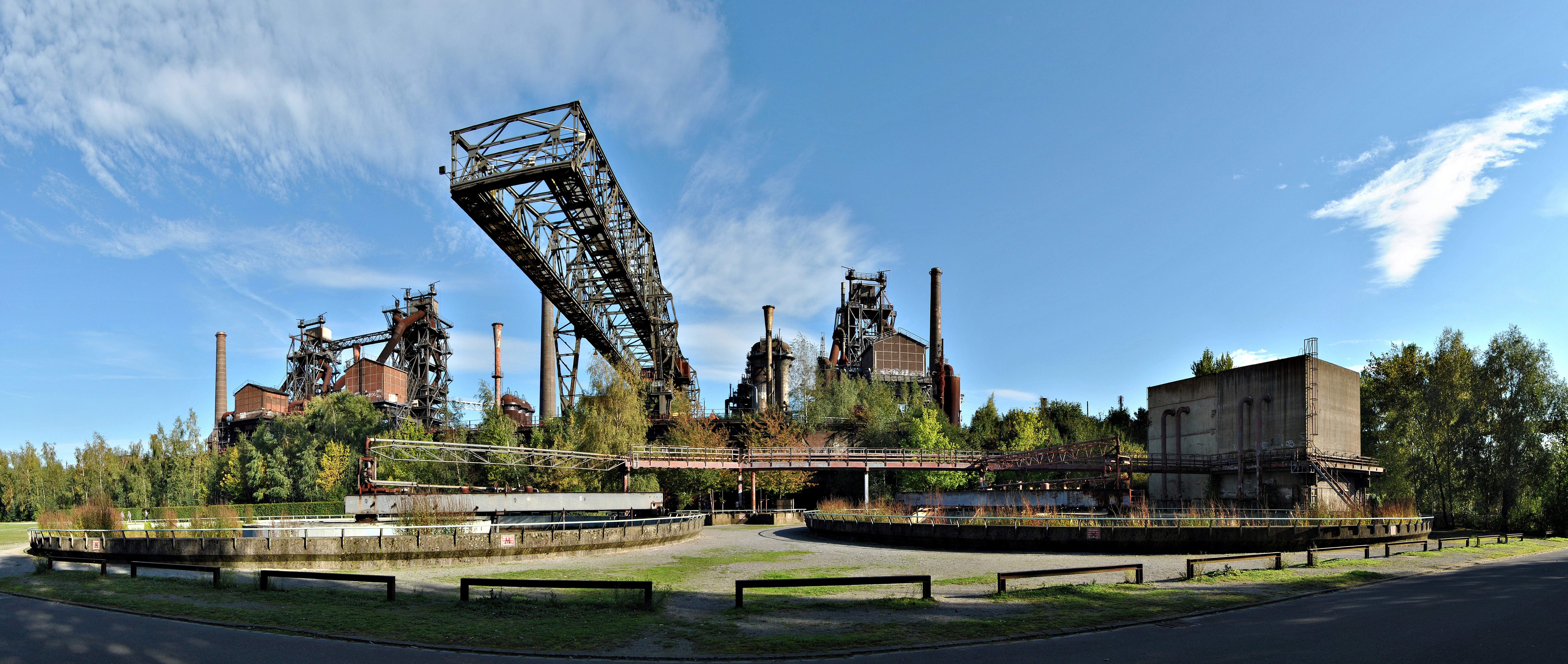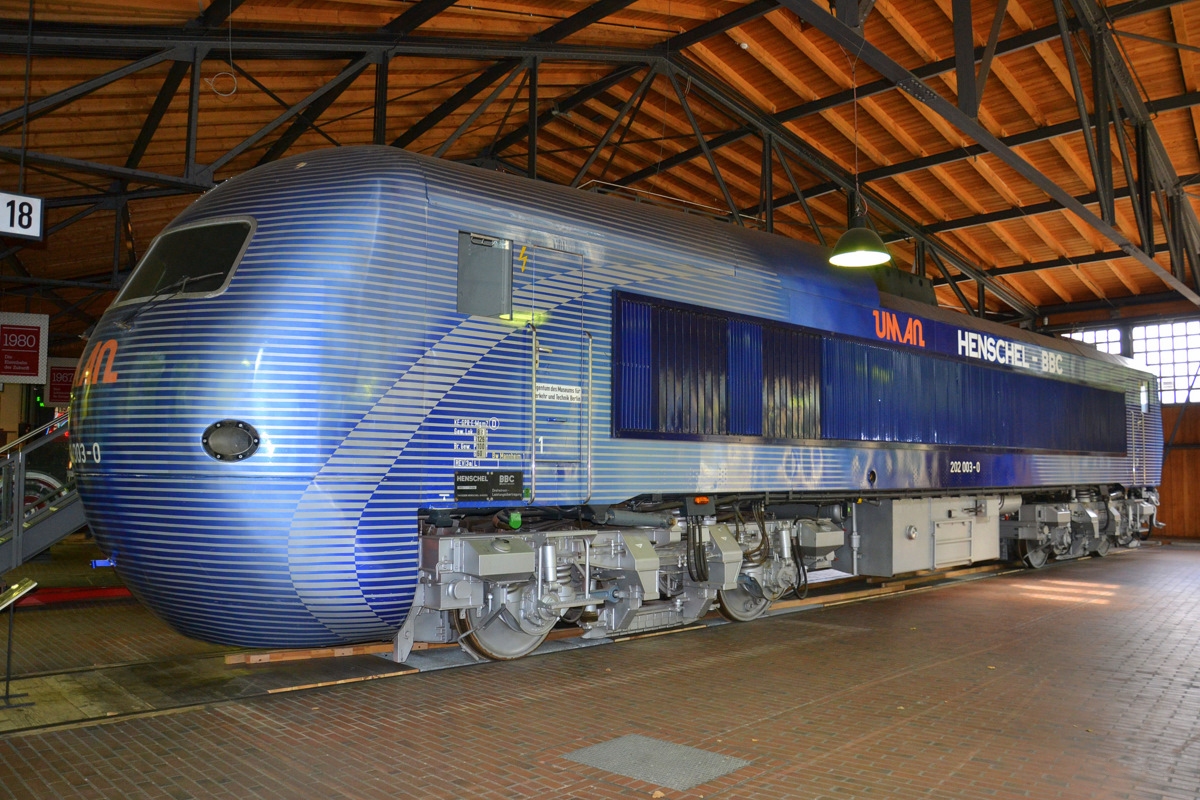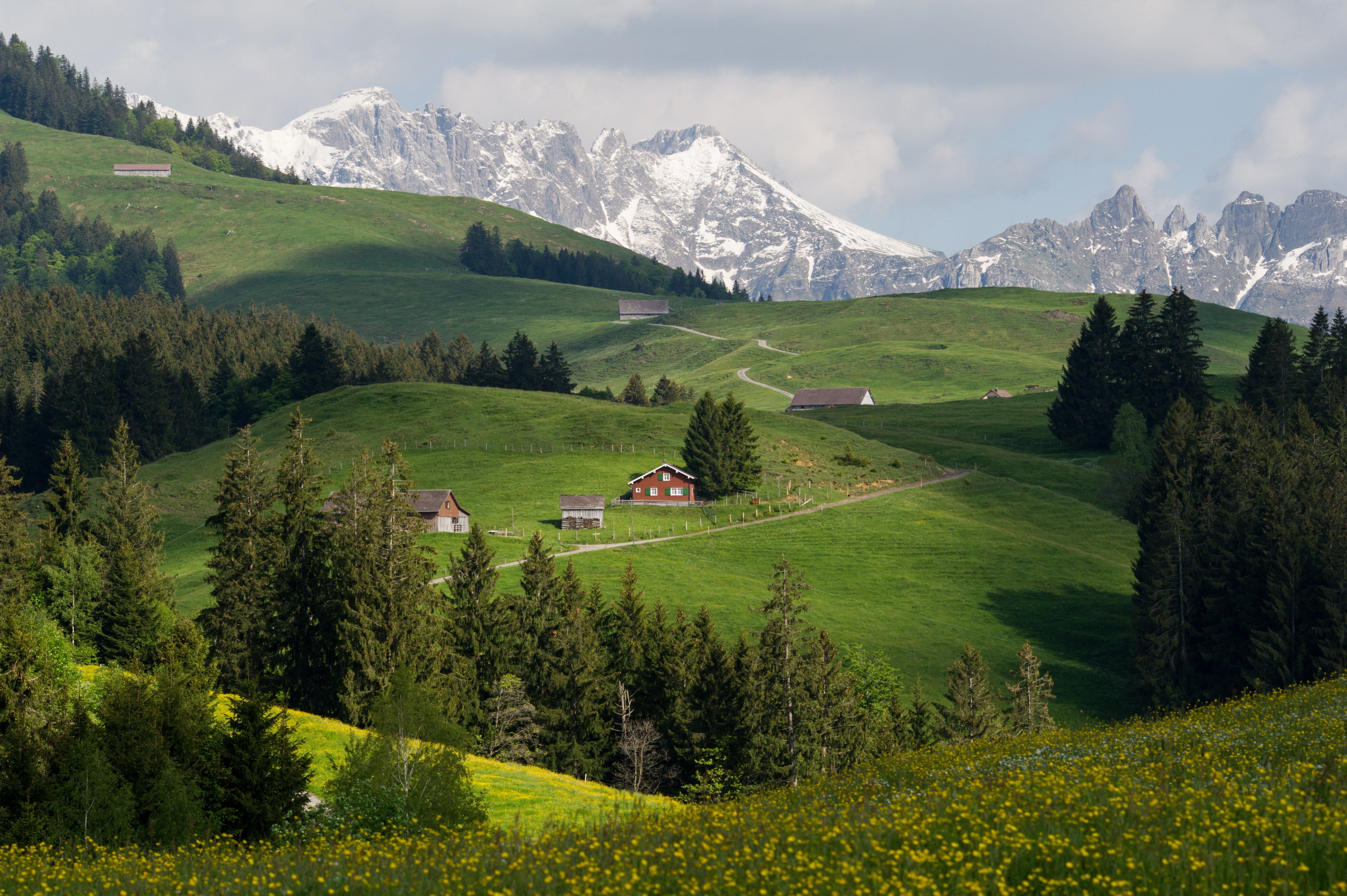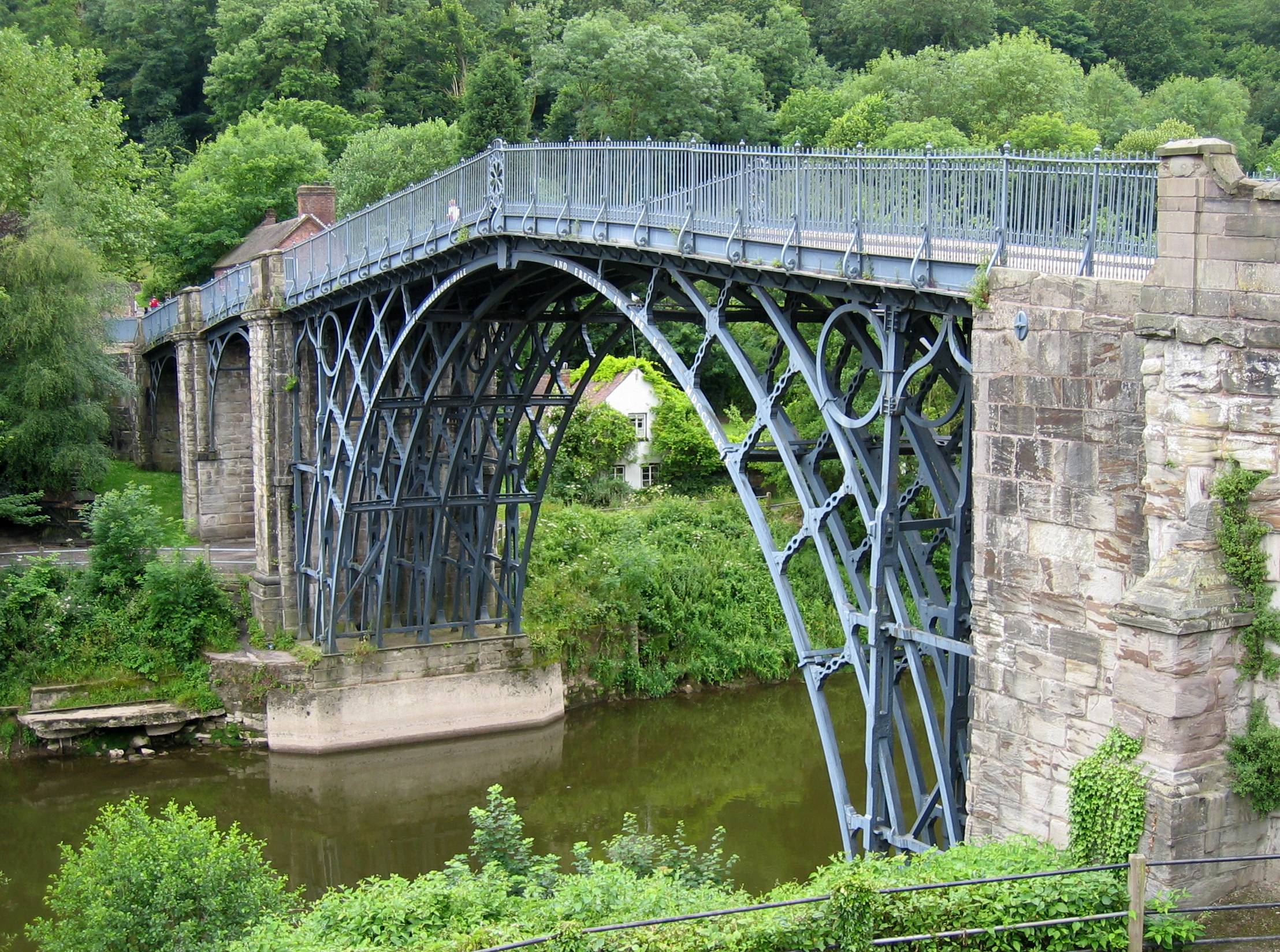|
Industrial Nature
Industrial Nature is the regeneration of natural vegetation on industrial sites; the invasion of abandoned or disused industrial sites by colonising species; or new plantings on abandoned, disused or remediated industrial sites. The underlying principal is that the historical industrial use of landscapes or sites creates a new environment which species can use either by design as in the case of a park or revegetated area, or by colonisation. The concept has its origins in Germany, specifically at the Emscher Landscape Park in the Ruhr, (of which the Landschaftspark Duisburg-Nord is the best known example) and has been applied at the Sudgelande Park in Berlin. Another example can be found at the Deutsches Technikmuseum German Museum of Technology (Berlin), at the former locomotive workshops and goods yard (Anhalter Güterbahnhof) of Berlin-Anhalt Railway Company. Here much of the goods yards and part of the roundhouse complex has been left as a ruin, colonised by a variety of non-nat ... [...More Info...] [...Related Items...] OR: [Wikipedia] [Google] [Baidu] |
Landschaftspark Duisburg-Nord
Landschaftspark is a public park located in Duisburg- Meiderich, Germany. It was designed in 1991 by Latz + Partner (Peter Latz), with the intention that it work to heal and understand the industrial past, rather than trying to reject it. The park closely associates itself with the past use of the site: a coal and steel production plant (abandoned in 1985, leaving the area significantly polluted) and the agricultural land it had been prior to the mid 19th century. Conception and creation In 1991, a co-operative-concurrent planning procedure with five international planning teams was held to design the park. Peter Latz’s design was significant, as it attempted to preserve as much of the existing site as possible (Diedrich, 69). Unlike his competitors, Latz recognized the value of the site's current condition ( Weilacher, 106). He allowed the polluted soils to remain in place and be remediated through phytoremediation, and sequestered soils with high toxicity in the existing bunk ... [...More Info...] [...Related Items...] OR: [Wikipedia] [Google] [Baidu] |
Emscher Landscape Park
The Emscher () is a river, a tributary of the Rhine, that flows through the Ruhr area in North Rhine-Westphalia in western Germany. Its overall length is with an mean outflow near the mouth into the lower Rhine of . Description The Emscher has its wellspring in Holzwickede, east of the city of Dortmund. Towns along the Emscher are Dortmund, Castrop-Rauxel, Herne, Recklinghausen, Gelsenkirchen, Essen, Bottrop, Oberhausen and Dinslaken, where it flows into the Rhine. At the centre of a vast industrial area with 5 million inhabitants the river is biologically dead, as it was used as an open waste-water canal from the end of the 19th century. The partial collapse of many coal mines along the Emscher's route made the option of subterranean sewer pipes running alongside unworkable, as they would break too easily. Owing to the steady flow of spoil from the mining industry it has been impossible for the route of the Emscher to be maintained and its mouth into the Rhine has shifted ... [...More Info...] [...Related Items...] OR: [Wikipedia] [Google] [Baidu] |
German Museum Of Technology (Berlin)
(German Museum of Technology) in Berlin, Germany is a museum of science and technology, and exhibits a large collection of historical technical artifacts. The museum's main emphasis originally was on rail transport, but today it also features exhibits of various sorts of industrial technology. In 2003, it opened both maritime and aviation exhibition halls in a newly built extension. The museum also contains a science center called Spectrum. History The Museum of Traffic and Technology (') was founded in 1982 and assumed the tradition of the Royal Museum of Traffic and Construction (') which was opened in the former station building in 1906. The present-day museum is located on the former freight yard attached to the in the district of Berlin, including two historic roundhouses and several office buildings. Renamed ' in 1996, the exhibition area was gradually expanded. An adjacent new building complex was inaugurated in 2003, topped by a prominent US Air Force Douglas C-47B ... [...More Info...] [...Related Items...] OR: [Wikipedia] [Google] [Baidu] |
Brownfield Land
In urban planning, brownfield land is any previously developed land that is not currently in use. It may be potentially contaminated, but this is not required for the area to be considered brownfield. The term is also used to describe land previously used for industrial or commercial purposes with known or suspected pollution including soil contamination due to hazardous waste. Examples sites include abandoned factories, landfills, dry cleaning establishments and gas stations. Typical contaminants include hydrocarbon spillages, solvents and pesticides, as well as heavy metals like lead, tributyl tins and asbestos. Many contaminated brownfield sites sit unused for decades as involuntary parks because cleaning cost is more than land worth after redevelopment. Previously unknown underground wastes can increase the cost for study and clean-up. Acquisition, adaptive re-use, and disposal of a brownfield site requires advanced and specialized appraisal analysis techniques. Remedi ... [...More Info...] [...Related Items...] OR: [Wikipedia] [Google] [Baidu] |
Cultural Landscapes
Cultural landscape is a term used in the fields of geography, ecology, and heritage studies, to describe a symbiosis of human activity and environment. As defined by the World Heritage Committee, it is the "cultural properties hatrepresent the combined works of nature and of man" and falls into three main categories: # "a landscape designed and created intentionally by man" # an "organically evolved landscape" which may be a "relict (or fossil) landscape" or a "continuing landscape" # an "associative cultural landscape" which may be valued because of the "religious, artistic or cultural associations of the natural element." Historical development The concept of 'cultural landscapes' can be found in the European tradition of landscape painting. From the 16th century onwards, many European artists painted landscapes in favor of people, diminishing the people in their paintings to figures subsumed within broader, regionally specific landscapes.GIBSON, W.S (1989) Mirror of the E ... [...More Info...] [...Related Items...] OR: [Wikipedia] [Google] [Baidu] |
Industrial Archaeology
Industrial archaeology (IA) is the systematic study of material evidence associated with the industrial past. This evidence, collectively referred to as industrial heritage, includes buildings, machinery, artifacts, sites, infrastructure, documents and other items associated with the production, manufacture, extraction, transport or construction of a product or range of products. The field of industrial archaeology incorporates a range of disciplines including archaeology, architecture, construction, engineering, historic preservation, museology, technology, urban planning and other specialties, in order to piece together the history of past industrial activities. The scientific interpretation of material evidence is often necessary, as the written record of many industrial techniques is often incomplete or nonexistent. Industrial archaeology includes both the examination of standing structures and sites that must be studied by an excavation. The field of industrial arch ... [...More Info...] [...Related Items...] OR: [Wikipedia] [Google] [Baidu] |
Cultural Heritage
Cultural heritage is the heritage of tangible and intangible heritage assets of a group or society that is inherited from past generations. Not all heritages of past generations are "heritage"; rather, heritage is a product of selection by society. Cultural heritage includes cultural property, tangible culture (such as buildings, monuments, landscapes, books, works of art, and artifacts), intangible heritage, intangible culture (such as folklore, traditions, language, and knowledge), and natural heritage (including culturally significant landscapes, and biodiversity).Ann Marie Sullivan, Cultural Heritage & New Media: A Future for the Past, 15 J. MARSHALL REV. INTELL. PROP. L. 604 (2016) https://repository.jmls.edu/cgi/viewcontent.cgi?article=1392&context=ripl The term is often used in connection with issues relating to the protection of Indigenous intellectual property. The deliberate act of keeping cultural heritage from the present for the future is known as Conservation (cul ... [...More Info...] [...Related Items...] OR: [Wikipedia] [Google] [Baidu] |




